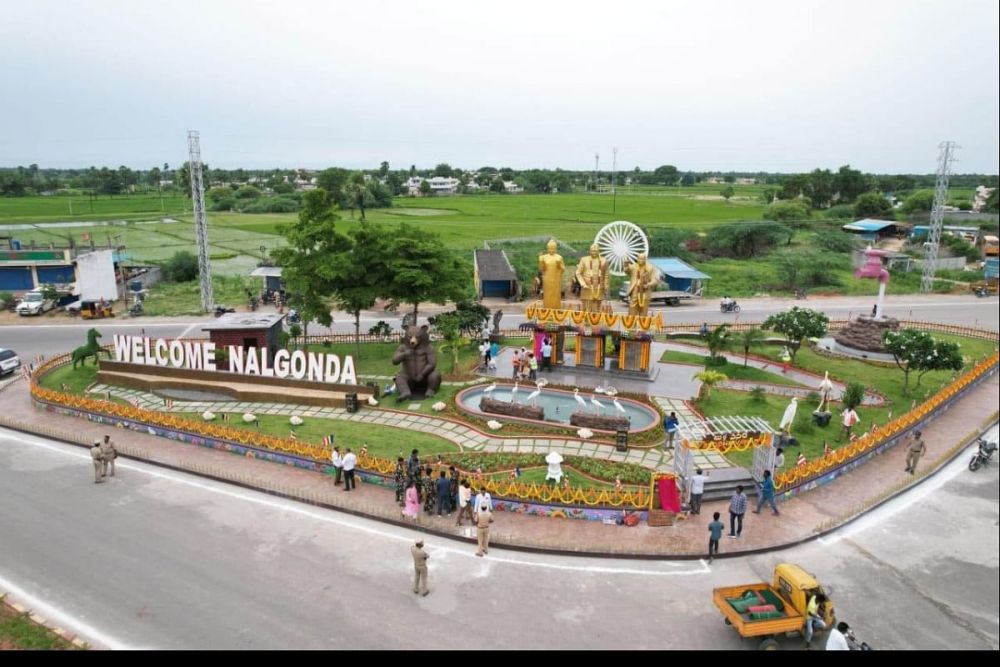

Nestled in the heart of Telangana, India, Nalgonda is a district rich in history and cultural heritage. The name 'Nalgonda' is derived from two Telugu words 'Nalla' and 'Konda', meaning 'Black' and 'Hill' respectively. Rooted in its colorful past, the district has been a silent witness to various dynasties and empires that have left their indelible mark on the fabric of its landscape.
Tourism in Nalgonda can trace its origins back to the time when the region was an amalgamation of small kingdoms and principalities. Historical attractions like the Devarakonda Fort, built by the Recherla Velama dynasty, served as early draws for those interested in the architectural finesse and historical significance of the area.
As time progressed, various other dynasties, including the Chalukyas, Kakatiyas, Bahmanis, and Nizams, ruled over Nalgonda and contributed to its rich repertoire of historical sites. These historic remnants became magnets for tourists, who were drawn to explore the Buddhist stupas at Phanigiri and Nagarjunakonda, the medieval fortifications of Bhongir Fort, and the ancient temples such as Yadagirigutta Temple.
In recent years, Nalgonda has seen a significant increase in tourist activity, allowing it to emerge as a noteworthy destination in the state of Telangana. The district now prides itself on a balance of historical sites, nature spots like Nagarjuna Sagar Dam, and wildlife sanctuaries such as the Nagarjunsagar-Srisailam Tiger Reserve.
Tourism in Nalgonda has been given a fresh impetus with the establishment of well-defined tourist circuits, improved infrastructure, and the organization of cultural events that have widened its appeal. Aggressive promotions by the Telangana Tourism Department, coupled with the inclusion of Nalgonda in regional tourism plans, have further amplified its visibility on the national and international stage.
A recent trend in Nalgonda's tourism landscape has been the rise of eco-tourism and sustainable practices aimed at preserving the natural and historical integrity of the region. Visitors are now able to enjoy the serene beauty of the district through eco-friendly options such as homestays and community-based tours, which also bring them closer to the local culture and lifestyle.
Adventure tourism is also gaining momentum with activities like rock climbing, trekking, and paragliding offered in multiple locations throughout the district. Meanwhile, wellness tourism is boosted through the proliferation of retreat centers offering traditional Ayurvedic treatments and yoga.
To sum up, Nalgonda's tourism journey from its historical roots to its current evolution into a diverse and eco-conscious destination reflects the wider growth and adaptiveness of the travel industry. Upholding its traditions while embracing new trends, Nalgonda continues to enchant visitors with its timeless allure and burgeoning tourism opportunities.